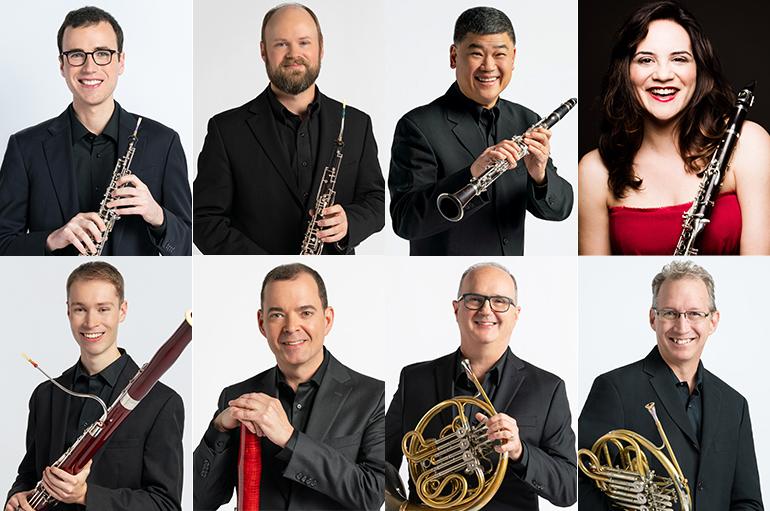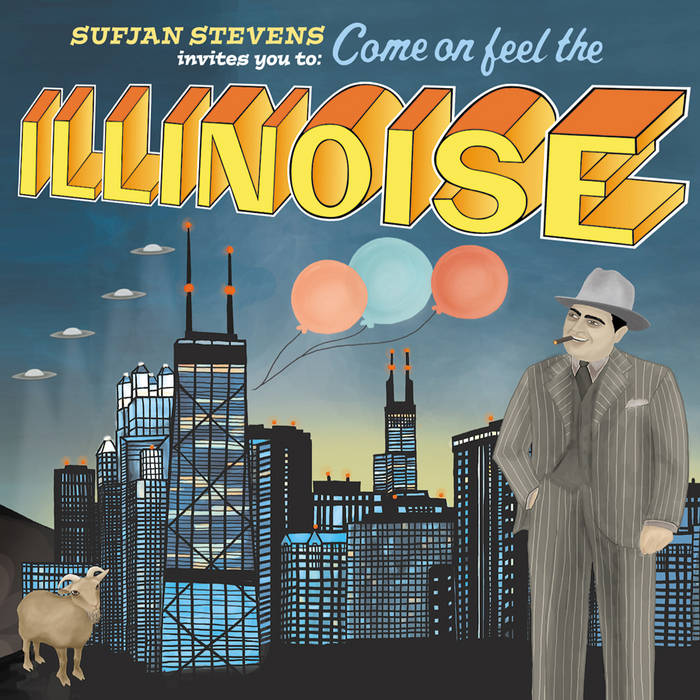Singing Fire, an original student composition, premiered last Saturday night at Rockefeller Chapel. Second-year Philip McGrath composed this four-movement piece this past summer after receiving a grant from the University of Chicago Arts Council. The work delves into the meaning and artistic thought behind Carl Sandburg’s poems.
McGrath said he was inspired to do the project after reading Sandburg’s “Bath,” a poem about a man who goes to a concert and becomes engulfed by a “singing fire” immediately following the concert. The poem, despite its disillusioned, depressing tone, demonstrates how such dark feelings can change with an encounter with art.
“Through this project, I wanted the viewers to go through an emotional journey and then at the end bring all of the artwork together thematically. Also, I wanted the viewers to experience different types of art and media and how they work together to create a certain effect. There is a wide spectrum of music and art in this show,” said McGrath.
In order to prepare for the performance, McGrath spent most of his summer writing music, a process he described as “solitary.” However, he was joined by many others in realizing the concert. The performers included third-year Ph.D. student Samantha Fan (violinist), fourth-year Amanda Jacobson (alto singer), second-year Katelyn Muenck (visual artist and reader), second-year Julianna Peebles (harpist), second-year Nora Sandler (pianist), Bonnie Sheu (cellist), second-year Brian Hoey (guitarist), and first-year Rachel Maley (pianist). The group formally met Monday of first week and practiced for two hours each week leading up to the performance.
The prelude and four interludes were readings of Sandburg’s poems, performed by Sandler, Muenck, and Jacobson. The poems ranged from Sandburg’s well-known work “Chicago” to the more folksy and obscure “Onion Days,” and even Tony Hoagland’s “Beauty.” However, all of the poems aligned with the concert’s overarching theme of disillusionment.
McGrath participated in his own composition, singing “Tune thy Music to thy Heart,” “As by the Streams of Babylon,” and “La mi Sola, Laureola” after the first prelude. The performance also included works by Philip Glass, performed by Maley, John Cage’s infamous 4’33,” “Losing My Mind” from Stephen Sondheim’s Follies, sung by Jacobson, and two poems written by Muenck herself.
The visual art was shown on a screen and featured an animation and 138 slides of artwork, among others. The main piece of art was a visual representation of the concept of “singing fire.” The art was brightly colored and more abstract, but it conveyed the message of the performance well.
“Making the artwork was a bit of a challenge because I had not heard the music beforehand, so it is interesting to see whether the intensity of my artwork will jibe as much as it should,” said Muenck.
The concert culminated with the Singing Fire ensemble, McGrath’s composition. The music accompanied the poetry well, and the talent of the musicians was overwhelming. The audience sat awestruck as the ensemble worked to create what would be a memorable performance.
“Overall, the experience was pretty incredible. The most amazing part was that a group of six to seven students could meet and rehearse a couple hours a week and create 15 minutes of a really beautiful chamber piece without a conductor,” said Jacobson. She continued, “Poetry and music are hard to put together, but I think there is a really lovely interplay between the music and the poem in the different parts of Singing Fire.”








